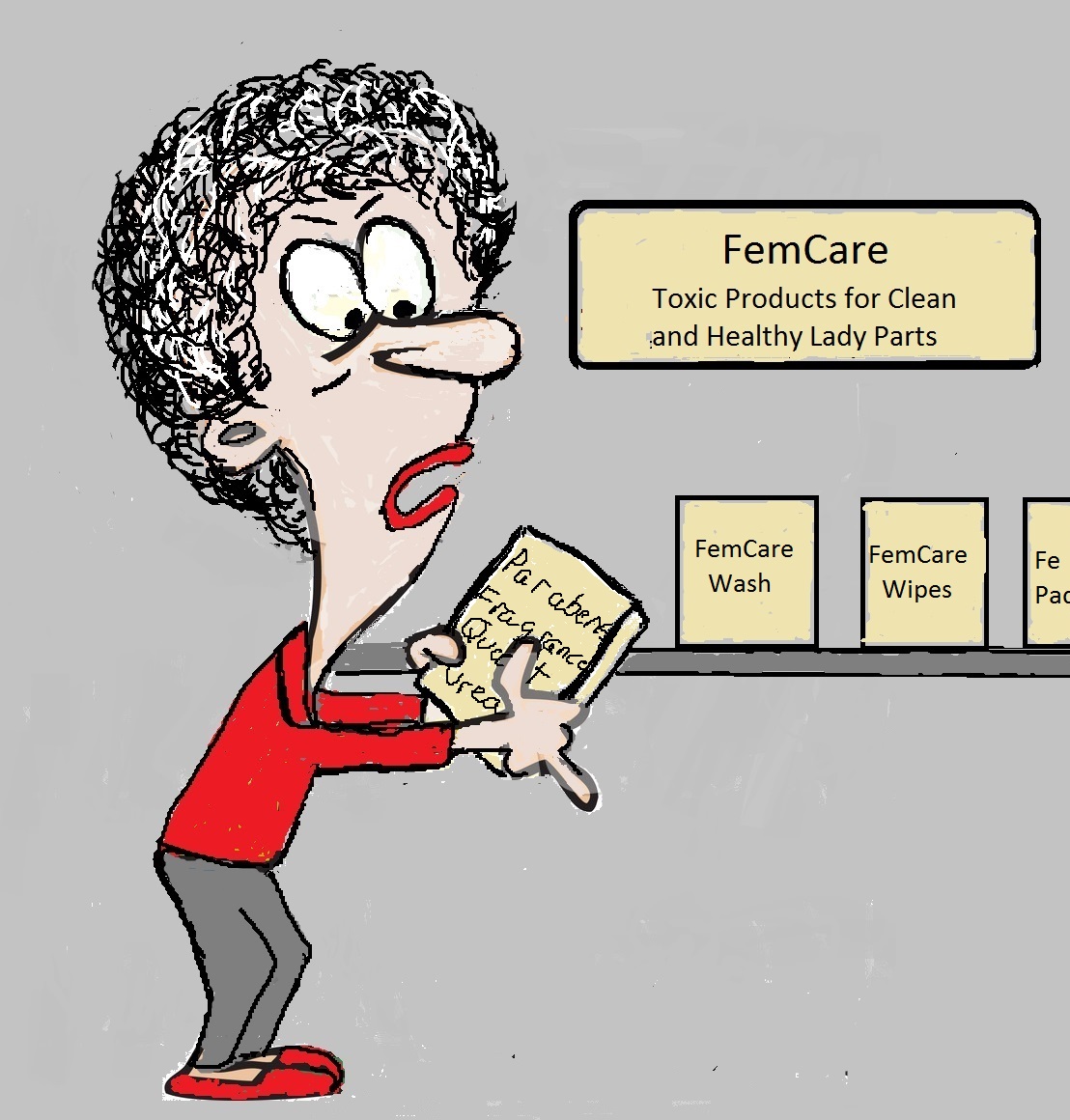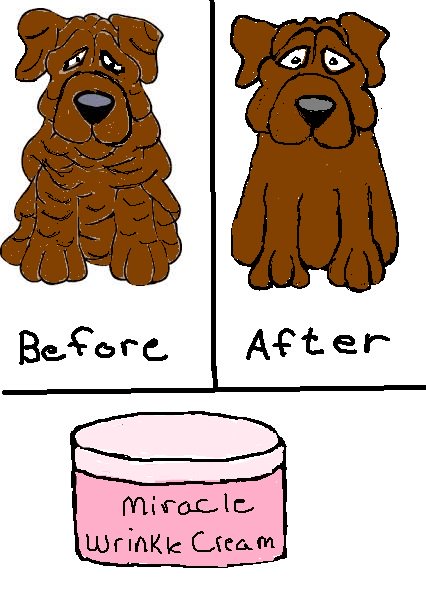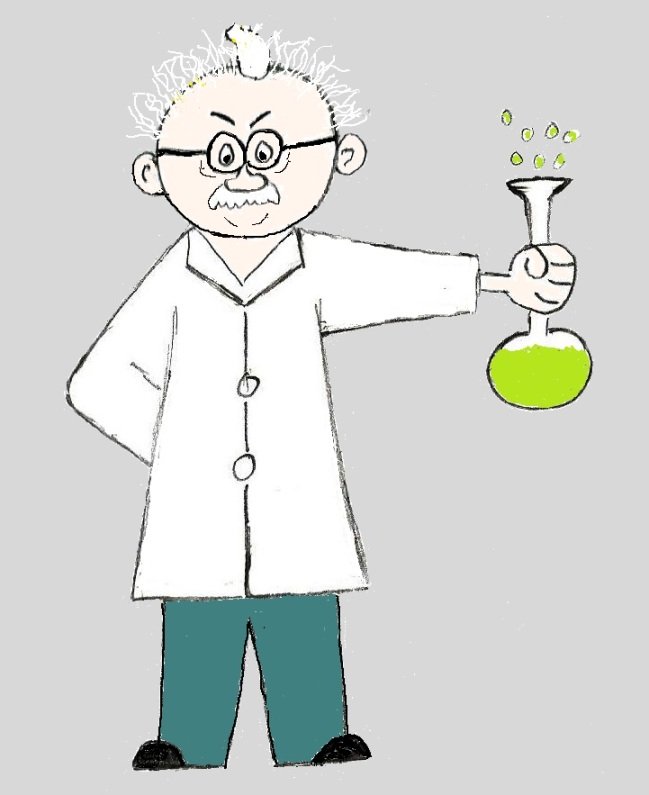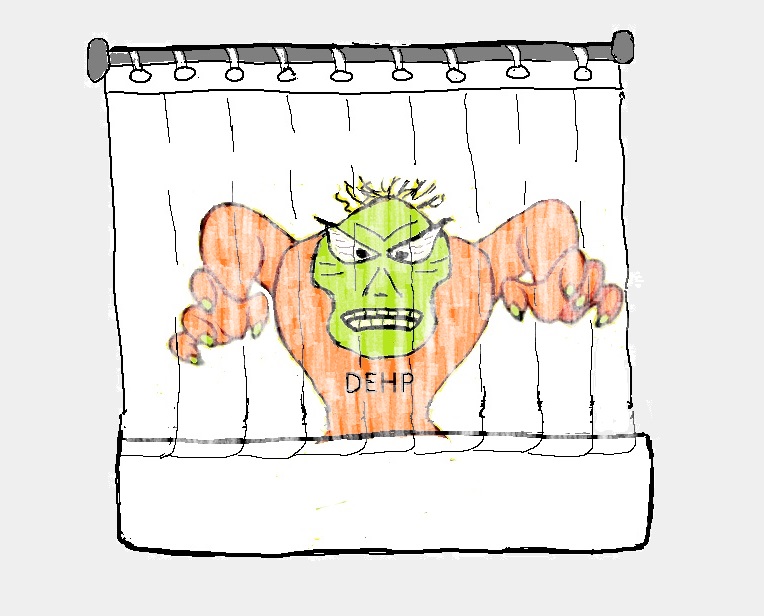- Home
- Toxic Chemicals in Personal Care
Toxic Chemicals in Personal Care Products
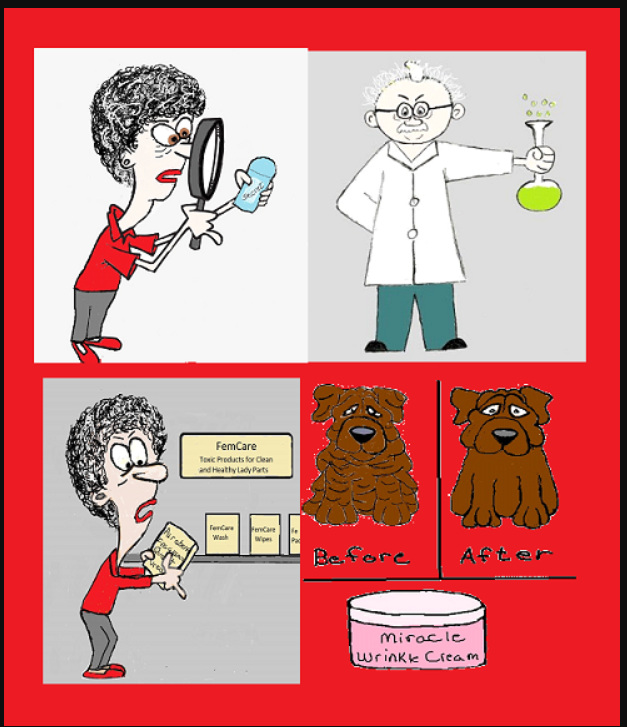
The toxic chemicals in personal care products run the gamut from carcinogens like BHT (butylated hydroxytoluene), used as a preservative, to endocrine disrupting chemicals like Propylparaben, also used as a preservative and an ingredient in fragrance.
Toxic chemicals are found in hair, cleansing, skincare and beauty products. Take a minute to think about how many personal care products you use a day. Multiple sources equals multiple toxic chemical exposures.
Carcinogens
Some of the chemicals in personal care products are known to or suspected of causing cancer. Carcinogens to avoid include:
- BHA/BHT - BHA is anticipated to be a human carcinogen, while BHT has been linked to an increased risk of cancer. Check the label for butylated hydroxyanisole, antioxyne b; antrancine 12, Butylated hydroxytoluene.
- Coal Tar - a complex chemical mixture derived from burning coal. (Yes, you read that right). It includes a number of suspected and known carcinogens, such as benzene, toluene, and naphthalene. Check the label for: Coal tar, tar, coal, coal tar solution, crude coal tar, estar, impervotar, lavatar, picis carbonis, naphtha, high solvent naphtha, naphtha distillate.
- Diethanolamine (DEA) and Triethanolamine (TEA). - Used as foaming agents in shampoos and cleansers. Check labels for: ingredients that end in DEA or TEA (example- Cocamide DEA)
- Oxybenzone and Octinoxate are common sunscreen ingredients. Oxybenzone is absorbed through the skin in significant amounts. It contaminates the bodies of 97% of Americans. Check labels for: oxybenzone, octinoxate, benzophenone, phenylmethanone; phenylmethanone; methoxybenzophenone; 4-methoxy-2-hydroxybenzophenone, ingredients that end with methoxycinnamate.
Also, some of the chemicals in personal care products can be contaminated with carcinogens. Contaminates are toxic residues left behind from the manufacturing process.
A common cancer causing contaminate is 1,4-dioxane. 1,4-dioxane is an impurity in almost half of all cosmetics and can be absorbed through your skin in toxic amounts. It’s an unwanted byproduct of a processing method called ethoxylation used to reduce the risk of skin irritation from petroleum-based ingredients.
Check labels for: sodium laureth sulfate, polyethylene glycol (PEG)-polypropylene glycol (PPG), Polyoxyethylene, dimethicone and chemicals that include the clauses xynol, ceteareth and oleth.
Formaldehyde
Releasers
In personal care products, formaldehyde, a known carcinogen, can be added directly to the product to preserve it. But more often, the preservatives in these products release small amounts of formaldehyde over time so the product doesn’t “spoil”.
The amount of formaldehyde that preservatives release into your personal care products depends on the type of preservative. For example, diazolidinyl urea releases the most formaldehyde of any preservative.
Also, the amount of formaldehyde released increases the longer products are stored and the higher the temperature that they're stored at.
There are 42 formaldehyde-releasing preservatives used in personal care products. The most common ones to avoid are:
- DMDM hydantoin,
- imidazolidinyl urea,
- diazolidinyl urea,
- polyoxymethylene urea,
- sodium hydroxymethylglycinate,
- quaternium-15,
- bromopol
- glyoxal.
Citrus and pine-based fragrance chemicals, like limonene and pinene are also formaldehyde releasers. Because they actually create it by mixing with the ozone in your home’s air. To avoid go “fragrance free”.
Endocrine Disruptors
Multiple types of endocrine disruptors can be found in one personal care product. If you use multiple products on your skin, you’re then exposed multiple times to multiple endocrine disrupters.
Now you may be wondering, why is this a problem and is the small amount of these chemicals found in personal care products worth worrying about? When it comes to toxins that mess with your endocrine system, the answer to both questions is yes.
So Avoid Products with
- Parabens – used as preservatives in many personal care products. Commonly used types include methylparaben, methylparaben, propylparaben, isopropylparaben, butylparaben, isobutylparaben. Check the label for anything ending in paraben or products labeled “paraben free”.
- Phthalates - Used to make fragrance and soften plastics. Low molecular weight phthalates like DBP and DEP can be absorbed through your skin. And these are the types of phthalates used in personal care products. Phthalates don’t appear on the label so look for products labeled “phthalate free”
Fragrance Chemicals - The use of synthetic fragrances, found in thousands of personal care products, is a huge toxin concern. Considered to be trade secrets, the chemicals used to make fragrances are not disclosed to you on the labels. But some of the commonly used fragrance chemicals, like lilial, are endocrine disruptors.
Siloxanes
It’s been estimated that using personal care products exposes you to 307 milligrams of siloxanes every single day. The most common types of siloxanes used in personal care products are octamethylcyclotetrasiloxane (D4), decamethylcyclopentasiloxane (D5) and dodecamethylcyclohexasiloxane (D6). Overall, deodorants/antiperspirants and liquid foundations have the highest concentrations of all three.
Little is known about the toxic effects of long-term exposure to low concentrations of siloxanes, as they first emerged as a priority environmental pollutant in 2010. But it is known that the least safe are cyclic siloxanes like D4, D5 and D6
These are also the most studied siloxanes. D4, D5 and D6 are known to have both direct and indirect toxic effects. Research finds that D4 and D5 are persistent in the environment, meaning they don’t break down or decompose. That means they can accumulate in your body.
Animal tests link D4 to reproductive impairment, liver changes, and benign uterine tumors, and show it may be an endocrine disruptor. D5 is associated with uterine cancers and adverse reproductive, neurological, and immune effects. AlthoughD6 doesn’t appear to accumulate in your body, It’s linked to liver and thyroid enlargement, and reproductive issues.
Check labels for the following:
cyclotetrasiloxane, cylcopentasiloxane, cyclohexasiloxan and any other ingredients that end with the word “siloxane”. Other synonyms for siloxane include: siloxanes and silcones, antifoam FD 62, DIME, DC 35A, DC 360, dimethyl siloxane, Dow Corning 200, Dow Corning 561, dimethylpolysiloxane, KO 08, or PMS 1.5
Nanoparticles
Nanoparticles are particles less than 100 nanometers (nm) in size. To put that into perspective, one hair on your head is 80,000nm thick. Nanosize particles act differently than larger size particles of the same substance.
Many personal care products now contain them. Nanoparticles of titanium dioxide (TiO2) and zinc oxide (ZnO) are used for UVA and UVB protection in lotions and sunscreens.
Hair product are being produced using nanotechnology for shinier, smoother and healthier hair. Sericin nanoparticles are used in shampoos and conditioners to repair damage
But, these nanosize particles can cause much more damage to your body. Nanoparticles in products you put on your skin can be absorbed into your body.
They can also be inhaled and inhalation exposure to nanomaterials is a serious health concern. When they are released from the products you use they can enter your respiratory system as free nanoparticles, clumps of nanoparticles, and nanoparticles within or attached to larger particles.
Powders and spray products with nanoparticles pose the greatest inhalation threat. Unfortunately, it’s tough to avoid them in personal care products.
Look for terms like” nanodelivery systems,” and “micronized” ingredients, nano-scale “wire cages” or fullerenes. Many products that contain nanoparticles are listed on the Nanotechnology Consumer Products Inventory.
To learn more about the toxic chemicals in personal care products check out these posts.
